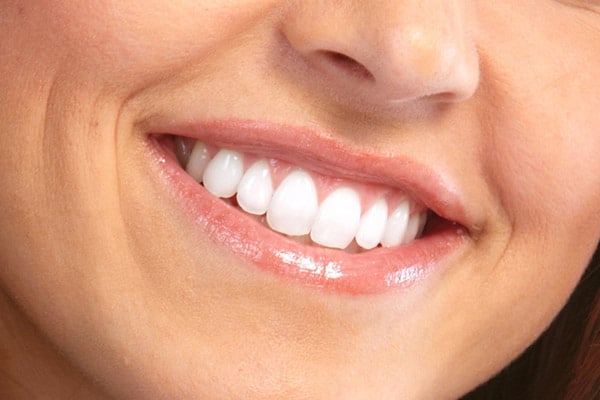The goal of the dental specialty of orthodontics is to straighten and align your teeth.
If your teeth are twisted, overlapped, crooked, or gapped, you may need to see an orthodontist.
Clear aligners, detachable retainers, and conventional braces are common orthodontic treatments.








